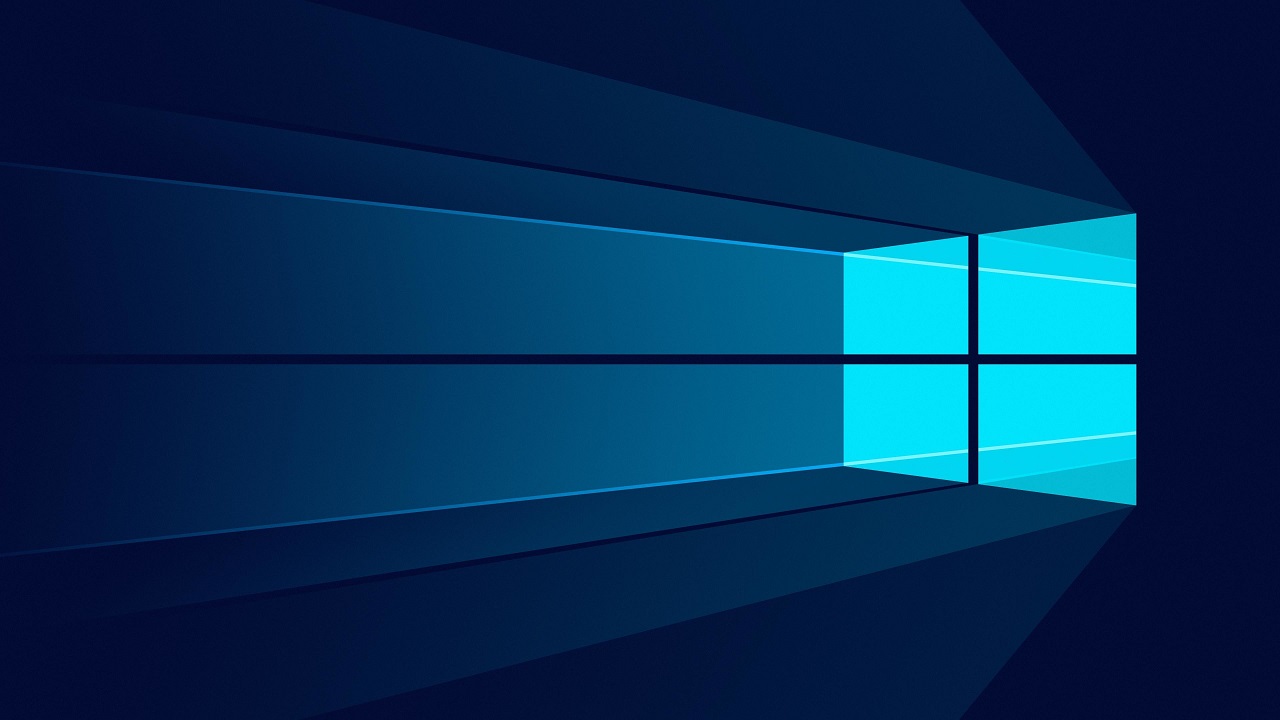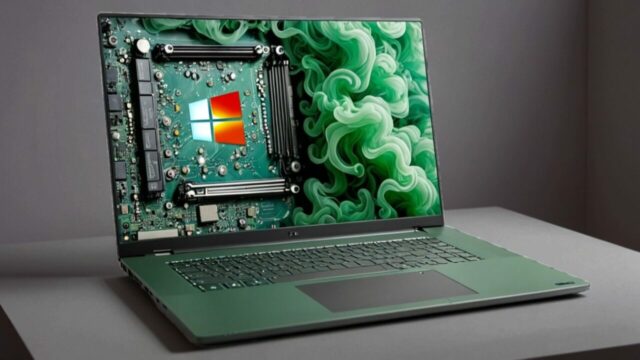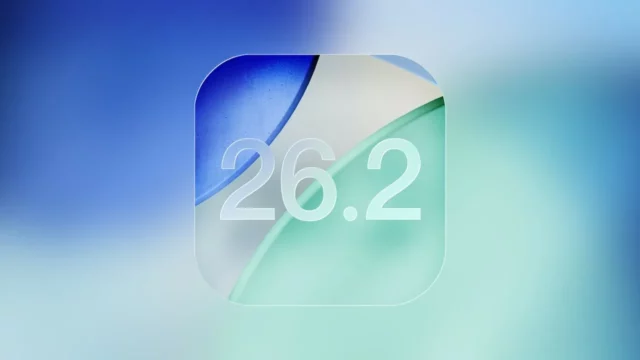Windows will celebrate its 39th birthday on November 20, 2024. In 1985, Microsoft made a groundbreaking development that would change the fate of many computers. The company released the first version capable of bringing personal computers to a graphical interface in 1985. So, what did the first versions of Windows look like?
Here are the first versions of Windows!
Windows first appeared in 1985. Since then, it has made significant progress. There are considerable differences between Windows 1, created by Bill Gates, and the latest version developed under the new Microsoft CEO, Satya Nadella.
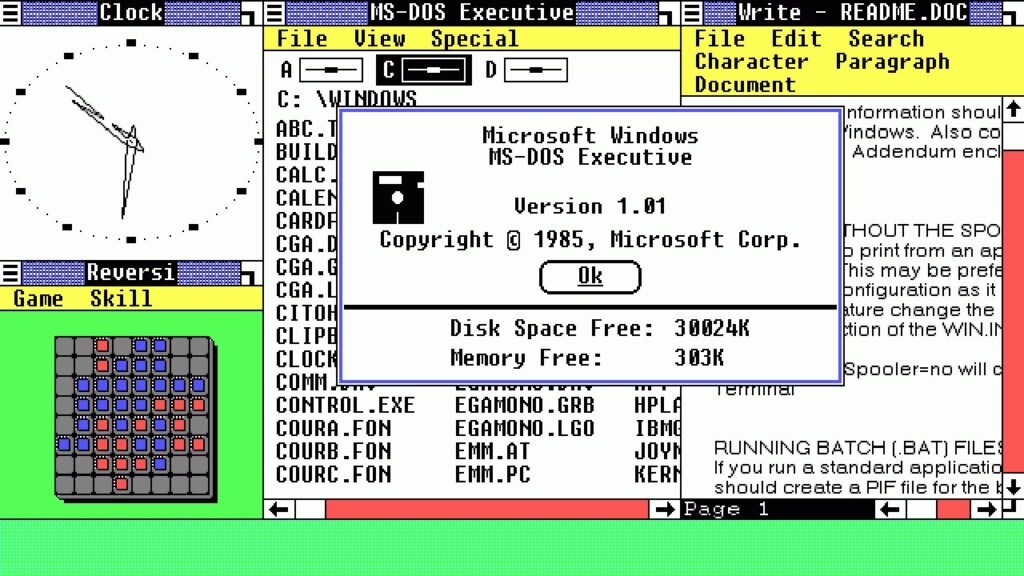
Windows 1 was first sold in 1985 for $100. However, it did not achieve the sales it hoped for. Although there are significant differences between the version we use today and Windows 1, some familiar features first appeared in Windows 1. Features like Paint, Notepad, and mouse support emerged for the first time with Windows 1. Mouse support was particularly important because the first computers in history were controlled only with keyboard keys.
Two years later, in 1987, Microsoft released Windows 2. With Windows 2, features such as overlapping windows, creating icons, and zooming entered our lives. Additionally, the first versions of Microsoft Word and Excel programs that we continue to use today appeared in this version.
Microsoft continued to develop itself. In 1990, Windows 3 was released with a more advanced version compared to other versions. Also, Windows 3 became a competitor to Apple Macintosh and Commodore Amiga. Along with this, the timeless game Minesweeper entered our lives with Windows 3.1.
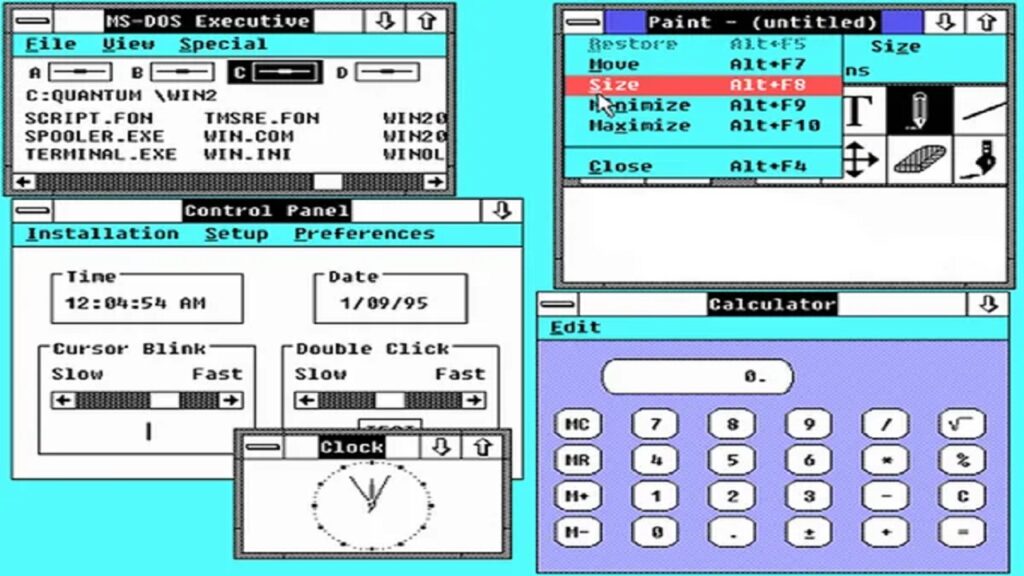
We met the Start button with the Windows 95 version in 1995. For the first time, the company transitioned to a 32-bit operating system with Windows 95. The new operating system brought many new features. With the new version, features like Desktop, right-click, Internet Explorer, USB support, and Plug and Play were introduced.
In 1998, Windows released a new version called Windows 98. Windows 98 brought Outlook Express, Windows Address Book, Microsoft Chat, and NetShow Player. Additionally, this new version was very productive for software developers.
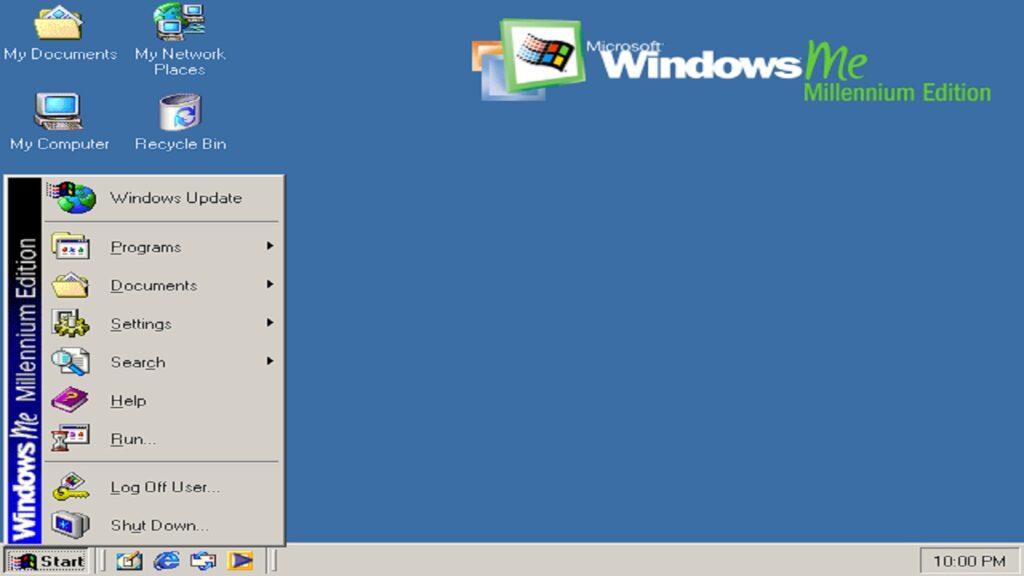
In 2000, Windows made a sensational entry into the sector with the Windows ME version. Although it was always in the spotlight due to system errors, it was notable for its suitability for home use. Along with this version, Windows Movie Maker also entered our lives.
The evolution of Windows from past to present
Windows XP, which forms the foundation of the personal computers we use today, was released in 2001. Thanks to its modern design, it remained in use for many years. Features like remote access, user accounts, built-in CD burning, and ClearType came with Windows XP. However, this version had a significant problem. Software and security issues whetted the appetite of hackers.
Windows Vista, released in 2007, was a major failure for Microsoft. The company focused on design and security in the operating system. However, it failed to balance software and hardware, resulting in serious problems.
Windows 7, which came out in 2009, managed to eliminate Vista’s bad image. It didn’t stop there. It became one of the most popular Windows versions. Windows 8, which came out in 2012, said


